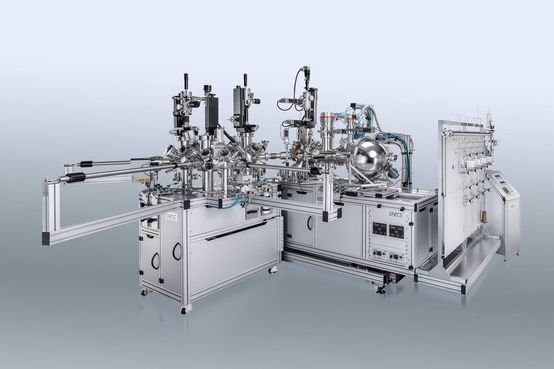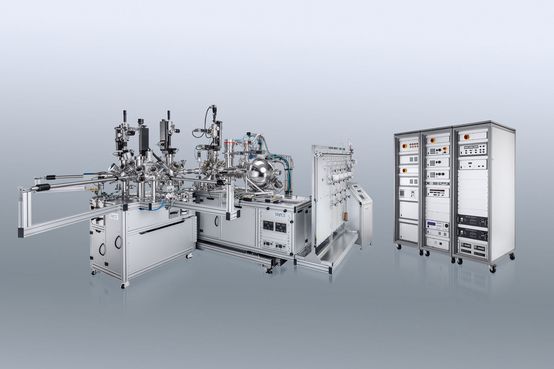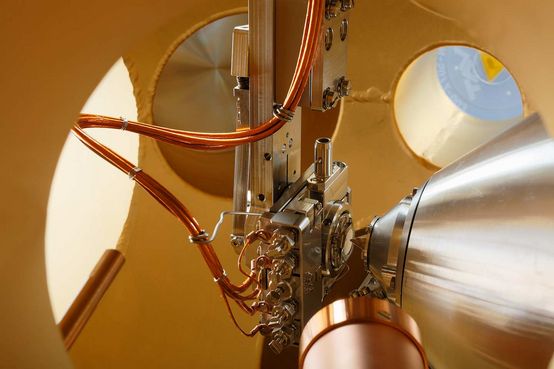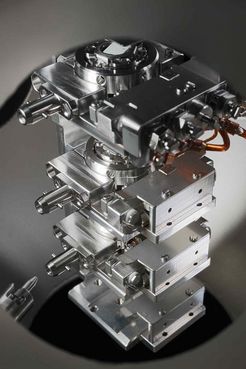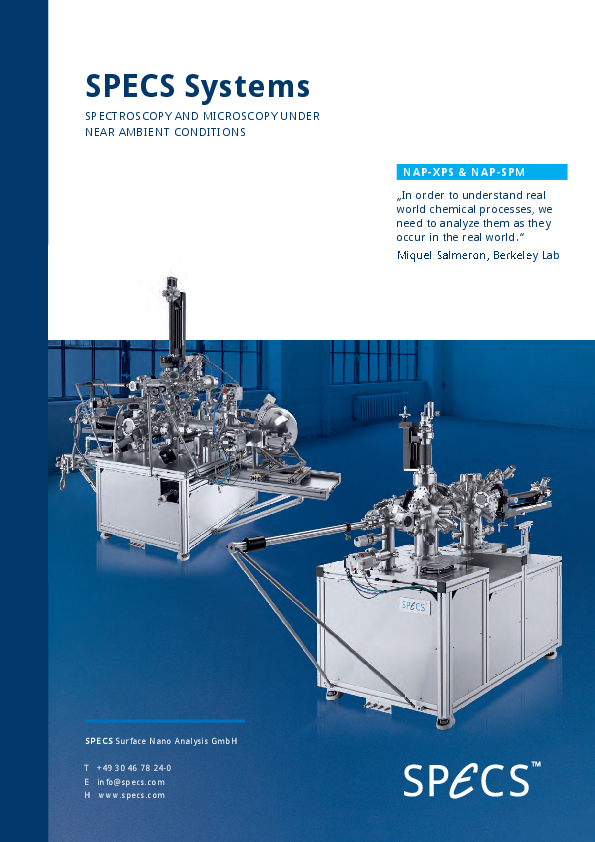 Detail
DetailNAP-XPS System Backfilling
Near Ambient Pressure XPS System with Backfilling Configuration for Full Flexibility and Large Working Pressure
The NAP-XPS System Backfilling configration enables our customers to perform state of the art research with the highest possible scientific output. In the backfilling configuration the entire vacuum chamber, accommodating the sample, excitation source, and analyzer, serves as the reaction cell. In this setup the entire chamber is filled with desired gas atmosphere. The advantages of the setup are its flexibility and simplicity. Different excitation or preparation sources can be installed that point towards the sample in measurement position. Furthermore, the electron analyzer and, even more important, the sample manipulator can be mounted in different orientations. In this way, a horizontal orientation of the sample during measurement is maintained, which allows for performing measurements on loose powder samples or even liquids.
The system is highly modular and can be upgraded with different sample preparation facilities as well as additional investigation methods like Infrared-Reflection-Absorption Spectroscopy (IRRAS), NAP-SPM, etc. The NAP-XPS system with backfilling configuration can be built as an end station for synchrotrons, as a laboratory system as well as a hybrid system (for synchrotron and laboratory use).
KEY FEATURES
- Powerful and easy to use systems for studies under near ambient pressure conditions
- High performance PHOIBOS 150 NAP electron analyzer
- High flux small spot monochromated X-ray source µ-FOCUS 600
- Backfilling system concept for full flexibility and large working pressure range from UHV to 50 mbar
- Optional IR laser heating in gaseous environments
- Customizable gas handling systems
- Vertical and horizontal sample orientation possible for powder or liquid samples
- Efficient upgrade options due to modular system concept
- Well established and proven performance with a large installed base worldwide
